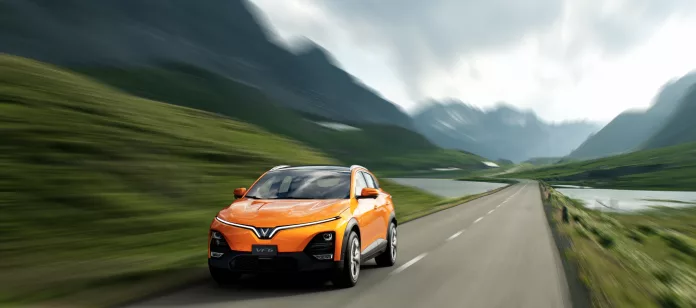The transition towards electric vehicles (EVs) is not just about swapping gas guzzlers for zero-emission counterparts; it’s about reimagining our roads and how we power our rides. As we envision a future with 280 million electric vehicles cruising U.S. highways, concerns over the strain this will place on our power generation systems are evident. However, with technological advancements, we may be in for a smoother ride than expected. By 2050, we could see EVs so efficient that our current energy infrastructures can keep pace with minimal expansion.
Projecting EV Efficiency Gains by 2050
The potential strides in EV efficiency by 2050 have been studied by the Electric Power Research Institute (EPRI), alongside NRDC. Their research, “Valuing Improvements in Electric Vehicle Efficiency,” positions advancements in lightweighting and other areas as crucial factors in mitigating demand for increased power generation.
EPRI’s US-REGEN modeling tool takes a multi-faceted approach, incorporating elements of electricity dispatch, consumer behavior, and fuel supply dynamics. This tool has helped visualize how a range of policy and technology scenarios might play out over the next three decades.
Exploring Alternatives in Transportation
The broader scope of alternative transportation’s role in reducing reliance on fossil fuels, while potentially easing pressure on power generation needs, has yet to be fully explored by the EPRI-NRDC research. Yet, we can’t ignore how effective mass transit systems, more prevalent remote working arrangements, and car-sharing could change our car ownership models. Plus, smaller electric vehicles like scooters and the proliferation of solar energy generation at home could ease the burden on our energy systems even further.
Battery technology is another area ripe with opportunity. Innovative concepts such as battery swapping could make smarter use of our current power generation assets. And looking further into the future, the notion of space solar power aligns well with our 2050 timeline, despite the significant challenges ahead.
Efficiency Takes Center Stage
Onboard solar panels represent one of the ways EVs are integrating their own power generation. Meanwhile, fuel cells might offer an alternate path away from traditional charging stations. The EPRI-NRDC study, however, focuses on whether technological efficiencies in electric vehicles alone can cushion the anticipated shock to energy systems brought about by a shift to electric transportation. The findings indicate a positive outlook with complexities.
Lightweighting, aerodynamic design improvements, and reducing tire resistance are among the changes that could halve the energy consumption per mile within the next three decades. This focus on efficiency could overhaul the entire electric mobility landscape while also providing significant savings to consumers.
Benefits to Consumers and the Environment
Benefits aren’t limited to the grid; consumers could see savings of over $200 billion by 2050. Additionally, smaller, more efficient batteries could reduce the need for extensive charging infrastructure and alleviate some of the environmental and human rights issues related to battery material sourcing. It’s clear that while advancements in EV technology stand to save energy and money, further examination is warranted to fully grasp the extent of these advantages.
Reassessing American Car Culture
The cultural tide must turn towards valuing efficiency over size and luxury for the potential of these technologies to truly take hold. Some manufacturers are not idly waiting. Companies like Vietnamese automaker Vinfast and industry giant Ford are preparing to introduce smaller, more affordable EV options to the market. And innovation doesn’t stop there; Swedish firm Luvly has teased a sustainable flatpack electric car, igniting curiosity over future developments.
With such breakthroughs, we’re not just witnessing the evolution of the electric vehicle; we’re participating in a larger shift in mobility and sustainability that holds promise for our global community and the planet.

























